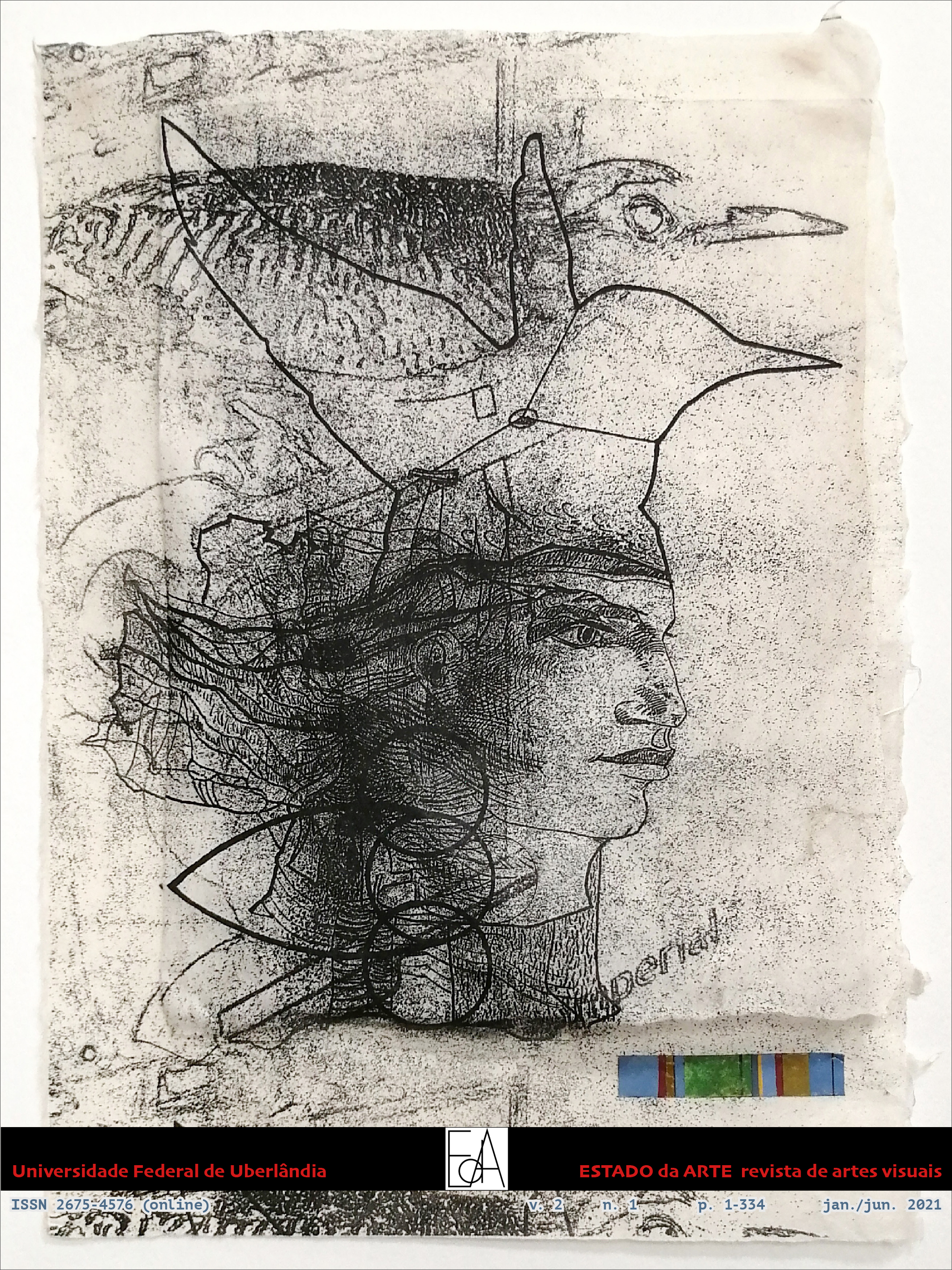Resumo
Les musées-mémoriaux de la déportation et du génocide commis par les nazis n’exposent que rarement les dessins, peintures et sculptures produites par les rescapés montrant de manière représentative leur expérience de l’horreur. Les nombreuses images exposées sont essentiellement des photographies. C’est notamment le cas dans l’exposition du Musée-Mémorial d’Auschwitz-Birkenau. Lorsque des œuvres testimoniales sont mises en avant, c’est dans un espace à part, séparé de l’exposition historique. Mon hypothèse est que le discours sur la Shoah porté par l’exposition n’est pas susceptible de leur laisser une place. Si l’exposition historique montre l’incommensurabilité de l’horreur, ces témoignages plastiques induisent en effet à imaginer le récit de la vie des victimes représentées et donc à rendre leur vie commensurable avec ce que les visiteurs peuvent comprendre. Les œuvres représentatives placent le spectateur face à l’évidence de l’expérience de l’horreur plutôt que devant celle de son ineffabilité

